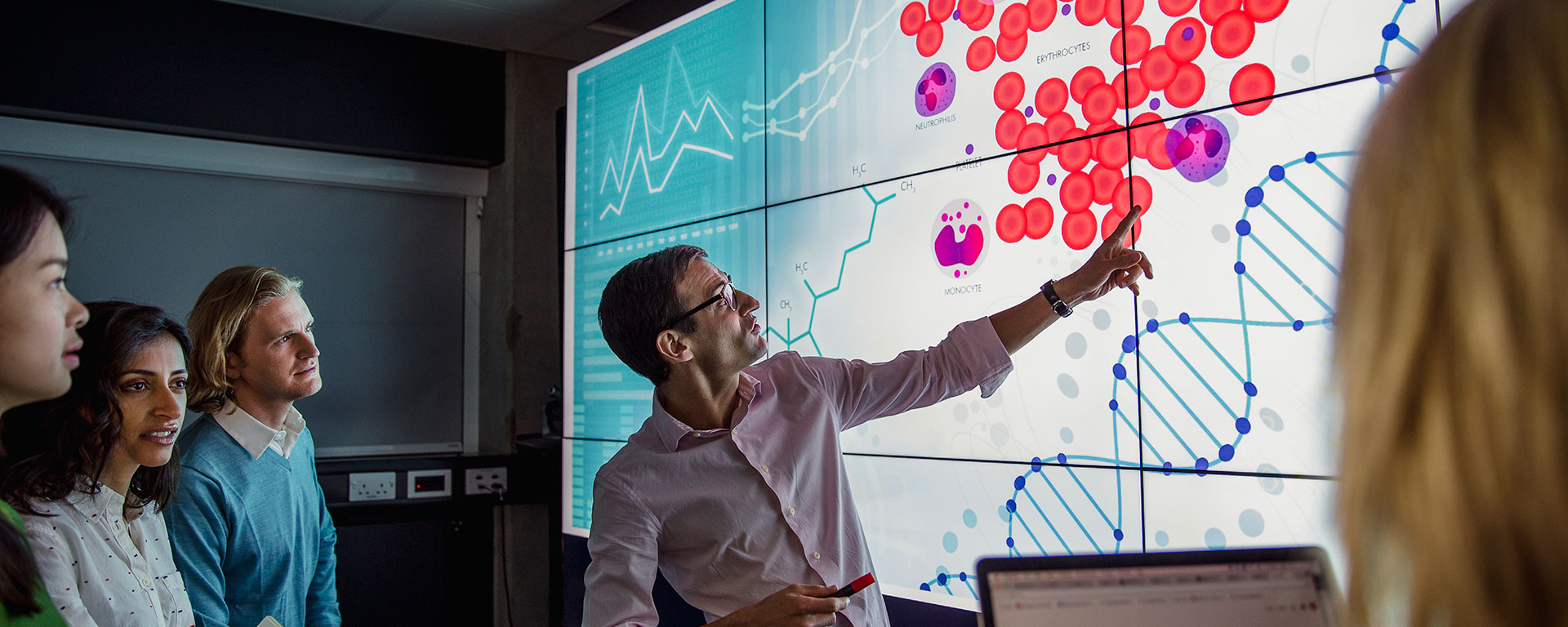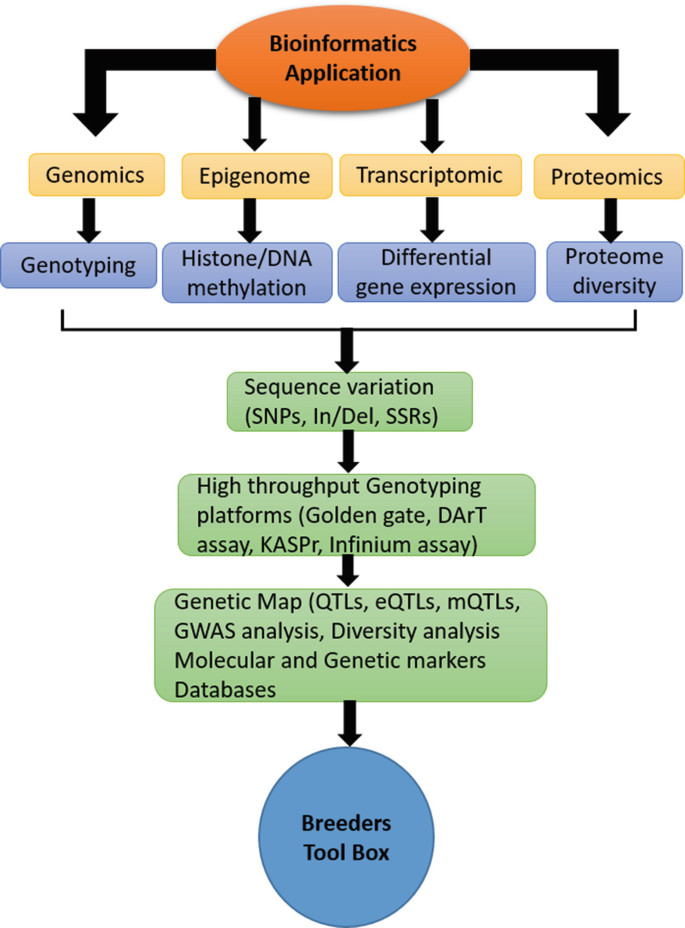Facts About Bioinformatics Tutor Revealed
Wiki Article
Getting The Bioinformatics Tutor To Work
Table of ContentsThe Greatest Guide To Bioinformatics TutorThe Only Guide to Bioinformatics TutorThe Greatest Guide To Bioinformatics TutorA Biased View of Bioinformatics TutorSome Known Facts About Bioinformatics Tutor.
Of the total individuals associated with the training, 80% were pupils from public college institutions, while the staying 20% came from exclusive organizations. To get a certification of involvement, trainees were called for to participate in a minimum of 90% of the overall training hours. As a result of this demand, a remarkable 95% of the individuals efficiently obtained their certificates, having not only met the minimum attendance standards yet likewise completed all assigned tasks throughout the training.
Throughout the height of the COVID-19 pandemic, especially between June and August 2020, the project group was charged with arranging specialized training in bioinformatics. This training was especially intended at pupils from the research group Nucleus for Research study in Applied Computing at the Federal College of Pará (UFRA) The adjustment to remote learning systems due to the pandemic created a chance to discover new mentor approaches and electronic devices that boosted both reach and performance.
This training course was developed to offer an obtainable yet comprehensive review of Artificial Intelligence strategies, especially as used in bioinformatics (Bioinformatics Tutor). This online format made it possible for participation from trainees throughout Brazil, many of whom could not have had the possibility to go to in-person sessions.
Bioinformatics Tutor Things To Know Before You Buy
Approximately 50% of the overall training hours were devoted to practical tasks where pupils constructed intelligent designs and applications in a variety of scientific domain names, consisting of genes, molecular biology, and environmental information analysis. These systems allowed pupils to engage in real-time data control, design training, and algorithm testing.Sixty of them were associated with numerous greater education and learning institutions in the state of Pará, while the remaining twenty came from institutions situated in 5 various other Brazilian states. By introducing Artificial Intelligence in a pertinent and functional context, the campaign served to link the void in between concept and real-world application, giving students with a strong foundation for future study or work in the field.
The training effort created part of a broader scholastic outreach initiative referred to as the Bioinformatics when traveling project. This project has, for many years, presented lots of students to the globe of bioinformatics and computational biology. The events held under this umbrella effort have taken place throughout numerous areas and years, as summed up in Table 1 (List of occasions, locations, years, and overall numbers of pupils more and trainers)
Numerous of these teams, at first brought with each other by their involvement in training events, have because gone on to create independent clinical study in partnership with local academic institutions. The training not just fostered clinical reasoning within the context of bioinformatics yet likewise sparked collective connections that extended beyond the training setting.
The Ultimate Guide To Bioinformatics Tutor
The very same team, omitting IH and RR, also acted as tutors for the sensible training modules. Financing for the task was offered via the grant 88887.200562/ 2018-00 from CAPES.The Federal College of Pará's Workplace of Research (PROPESP/UFPA) likewise gave financial backing, specifically for the production of the last manuscript. The writers declare no financial or industrial conflicts of interest that might have affected the study. All viewpoints and analyses expressed in this short article are entirely those of the authors and do not necessarily mirror those of their corresponding establishments, the author, editors, or customers entailed in the publication process.

The Best Guide To Bioinformatics Tutor
From a pedagogical viewpoint, the training strategy used in the training was intentionally interactive. Courses were carried out in a way that encouraged student participation and conversation, going past rote memorization to explore just how concepts are created, used in every day life, and tested in scholastic setups. The training philosophy concentrated on nurturing both solid and having a hard time trainees, supplying personalized support, and building confidence via sustained mentorship and patience.
Each group, containing around 36 participants, was supported by 3 coaches-- the majority of whom were postdoctoral scientists with customized proficiency. These mentors not just assisted design the team jobs but additionally promoted their execution, making certain that each study concern was both appropriately tough and appropriate. The goal was to give a biologically practical context that participants could check out with open-ended purposes and access to curated datasets.
For added insights right into the method and outcomes of this project-based understanding technique, readers are guided to S1 Text, which consists of thorough descriptions of Source the instructional framework, examination strategies, and project motifs utilized in the training sessions.
Little Known Facts About Bioinformatics Tutor.
Of the total participants included in the training, 80% were pupils from public greater education organizations, while the continuing to be 20% came from private organizations. To qualify for a certification of involvement, pupils were required to attend at least 90% of the overall training hours. Significantly, past the students who registered in the training sessions, seven knowledgeable teachers got involved in delivering the courses, while three devoted research study professors collaborated the total training procedure. Around 50% of the complete training hours were devoted to functional tasks where pupils constructed smart versions and applications in a variety of scientific domains, including genes, molecular biology, and environmental data evaluation. The training not just cultivated scientific thinking within the context of bioinformatics but also triggered joint partnerships that expanded past the training setting.Report this wiki page